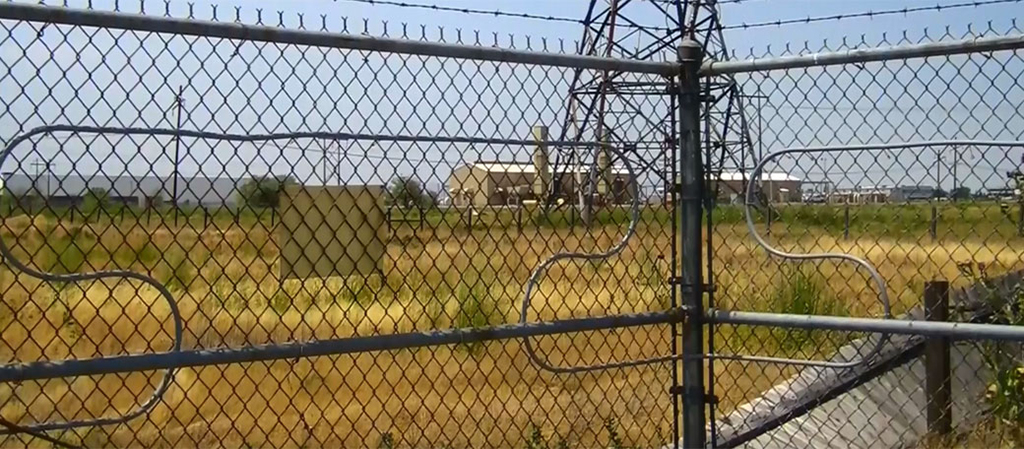The Ultimate Guide to Fiber Optic Security Solutions for Your Organization
In a period where safety and security problems are vital for organizations, recognizing the intricacies of fiber optic modern technology can be transformative. This overview lays out just how incorporating fiber optic safety systems not only boosts data defense but likewise provides advantages like resistance to disturbance and real-time surveillance capabilities.
Recognizing Fiber Optic Modern Technology

The core of a fiber optic wire is composed of a thin glass or plastic facility, surrounded by a cladding layer that reflects light back into the core. Single-mode fibers are designed for long-distance transmission, while multi-mode fibers are appropriate for shorter ranges, frequently made use of within buildings.
Optical fiber are not only quicker but additionally more safe than conventional circuitry. Their fundamental resistance to electro-magnetic interference and the trouble of taking advantage of the signal without discovery make them a preferred selection for businesses prioritizing information stability and security. As organizations increasingly rely upon safe and reliable communication systems, recognizing fiber optic modern technology ends up being important for notified decision-making.
Key Benefits of Fiber Optic Security
When thinking about protection options for a service, the advantages of fiber optic systems are especially engaging. Fiber optic innovation provides outstanding data transmission rates and data transfer ability, making it excellent for taking care of high-resolution video feeds from surveillance video cameras. This capability ensures that safety workers get real-time data, boosting total feedback times to possible security dangers.
Additionally, fiber optic cords are inherently immune to electromagnetic disturbance, which can endanger the stability of typical copper-based systems. This resistance makes sure that the data transmitted continues to be protected and nonstop, giving a much more dependable safety infrastructure. In addition, fiber optics are less susceptible to physical damage, as they are made from glass as opposed to metal, reducing maintenance expenses and downtime.
Fiber optic systems offer boosted cybersecurity functions, consisting of security capabilities that protect delicate information from unapproved accessibility. Jointly, these benefits make fiber optic safety systems a durable option for companies seeking to enhance their safety and security steps.
Installment Process and Considerations
Taking into consideration the intricacies involved, the setup procedure of fiber optic safety systems calls for cautious preparation and implementation. The first action involves a thorough website evaluation to determine optimal areas for cabling and devices. This evaluation ought to think about ecological elements, existing infrastructure, and possible susceptabilities.

Furthermore, the installation has to abide by neighborhood building ordinance and industry requirements. This might include collaborating with various stakeholders such as structure supervisors, IT teams, and protection workers to ensure seamless combination with existing systems.
Post-installation, rigorous testing is necessary to validate system efficiency and identify any kind of issues that might emerge. By focusing on these considerations throughout the installation procedure, businesses can make sure a durable and effective fiber optic protection system that fulfills their details safety and security demands.
Latest Developments in Fiber Optic Safety And Security
Current innovations in fiber optic innovation have significantly improved the capacities of security systems for companies. One of one of the most notable developments is the assimilation of fiber optic sensors that can detect vibrations and invasions along the boundary of a center. These sensors give real-time monitoring, allowing fast reaction to possible violations.
Additionally, the development of distributed fiber optic picking up innovation permits for the continual monitoring of large areas with a solitary fiber cable. This method not just decreases setup costs but also boosts the reliability of checking systems by removing the demand for several, different sensors.
Additionally, developments in multiplexing methods have made it possible for organizations to send huge amounts of information over fiber optic networks, improving the capabilities of video clip monitoring systems. High-def video feeds can now be sent out over lengthy ranges without loss of quality, ensuring that protection workers have access to clear and workable information.
Lastly, making use of expert system (AI) along with fiber optic systems is transforming threat discovery. AI algorithms can evaluate data from fiber optic networks to recognize unusual patterns original site or actions, permitting for aggressive safety measures. These technologies collectively stand for a considerable leap ahead in fiber optic safety and security modern technology.
Picking the Right System for Your Company
Picking the suitable fiber optic security system for your organization is critical for making sure optimum protection and tranquility of mind. To make an enlightened choice, examine your specific safety demands, taking into consideration elements such as the dimension of your properties, the nature of your procedures, and possible vulnerabilities.
Begin by assessing the degree of protection required; as an example, high-risk atmospheres might require sophisticated systems with incorporated security and breach detection capacities. Next, take into consideration scalability; as your organization grows, your safety system ought to can increasing to suit increased demands Discover More Here without substantial overhauls.
Additionally, examine the dependability and performance of numerous systems. Try to find carriers with well established reputations and consumer reviews that vouch for their service high quality. It's also advisable to ask about the innovation's compatibility with existing infrastructure, making certain a seamless integration procedure.
Final Thought
To conclude, fiber optic protection systems provide a durable solution for boosting service safety infrastructures. The combination of high-speed information transmission, resistance to electro-magnetic interference, and progressed surveillance abilities substantially improves general defense (fiber optic security system). By understanding the modern technology, identifying its benefits, and thinking about the installment process, organizations can make educated choices. The most recent technologies better strengthen the effectiveness of these systems, guaranteeing that organizations remain protected and versatile in an ever-evolving danger landscape.